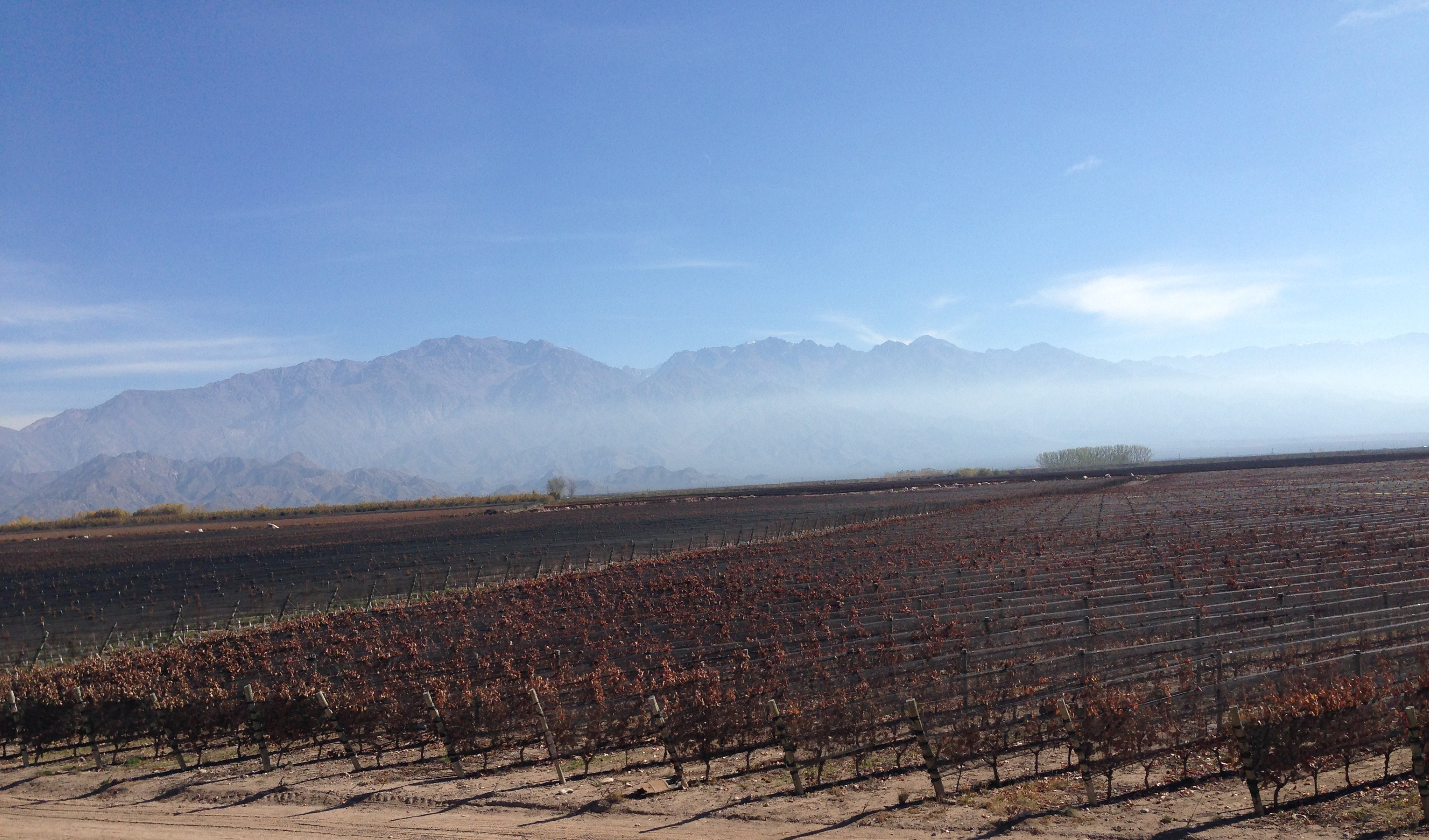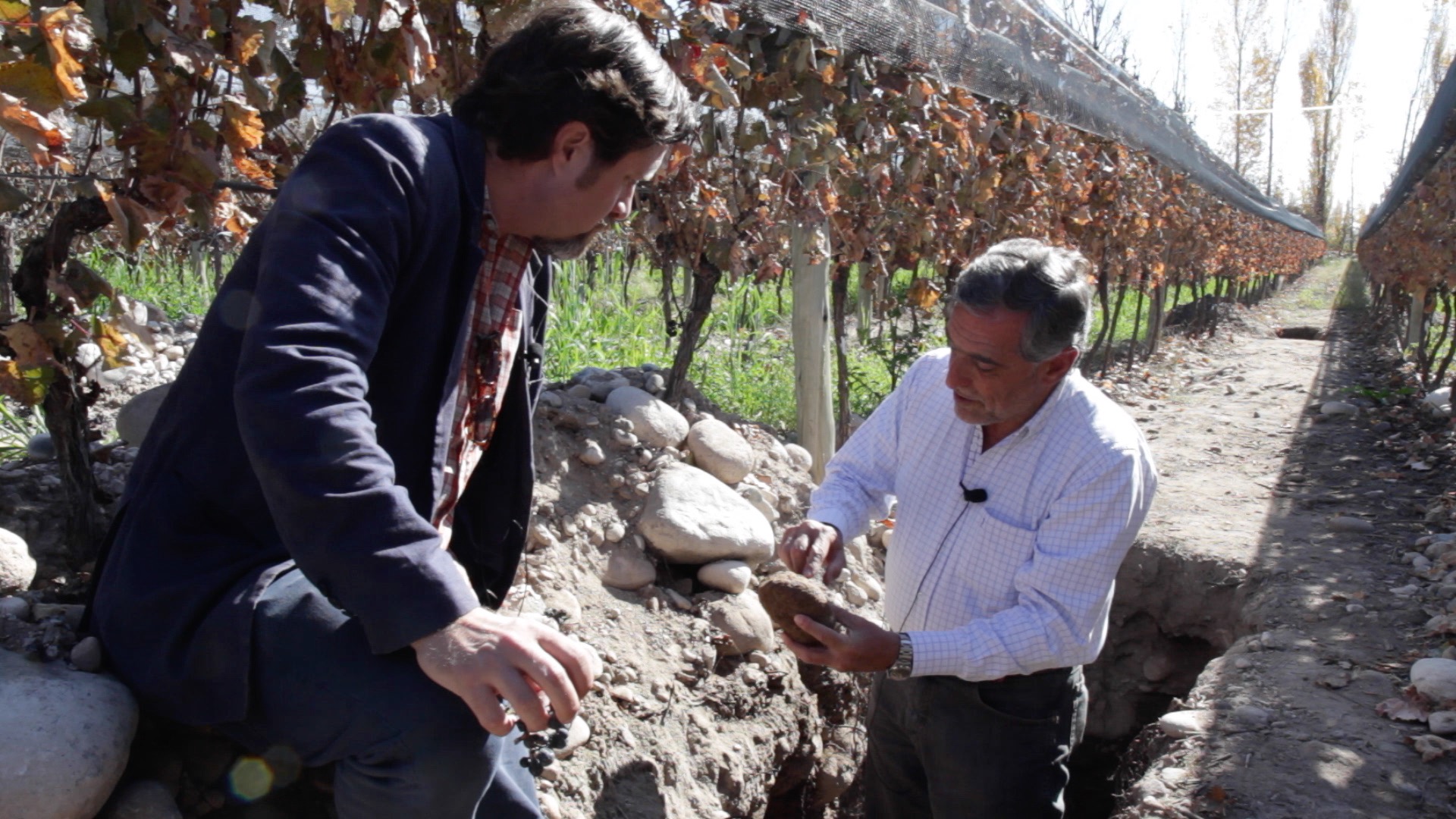
Innovation is usually the bailiwick of the small aggressive start-up. The two guys in the garage rather than the big successful established company. Zuccardi is that rarity that can straddle both worlds. The company that has climbed to the top, but is still able to act like the two guys in the garage - only with greater resources.
Wine critic Jancis Robinson writing in the Financial Times dedicated a whole laudatory column to describing their success: "Their story incorporates mid 20th-century technical innovation, enviable sales success around the turn of the century and, now, a possible blueprint for the future of Argentine wine."
The story starts with Alberto Zuccardi's family emigrating from Italy to Argentina in the late 19th century. An engineer by trade, Alberto Zuccardi was responsible for helping to develop the irrigation system in Mendoza, which is essentially a desert. In 1963, Alberto Zuccardi planted the first acre of vines in Maipú, Mendoza. His son José Alberto is the force that made Zuccardi one of the top five exporters of Argentinian wines. They created a brand Fuzion, a sub-$8 Malbec-Syrah blend which became the top selling wine in Canada. According to Ian Mount's book The Vineyard at the end of the World, in 2010 Zuccardi exported $40 million of wine, including 900,000 cases of Fuzion.
Yet even while the revenue was coming in from the inexpensive Malbec, the Zuccardis still had one eye on innovation. In her book Vino Argentino, Laura Catena praises José Alberto for the development of an experimental vineyard "where the winemakers have planted more than 35 varieties including obscure ones such as as Caladoc, Bourboulenc Ancellota and Ekigaina-to study their adaptation to the conditions in Mendoza."
Today Sebastian Zuccardi, the third generation of winemakers, is taking the push to innovation even farther as the company strives to create more terroir driven, vineyard specific wines. He oversees the research and development division of the company in the Uco Valley.
In recent wine history, technology has typically been used to create industrial, international style wines, but the Zuccardis are employing hi-tech techniques such as sophisticated soil mapping, to better develop their artisanal, terroir focused winemaking. The soil mapping leads to the vines being picked and separated relative to their soil types rather than strict geographical proximity.
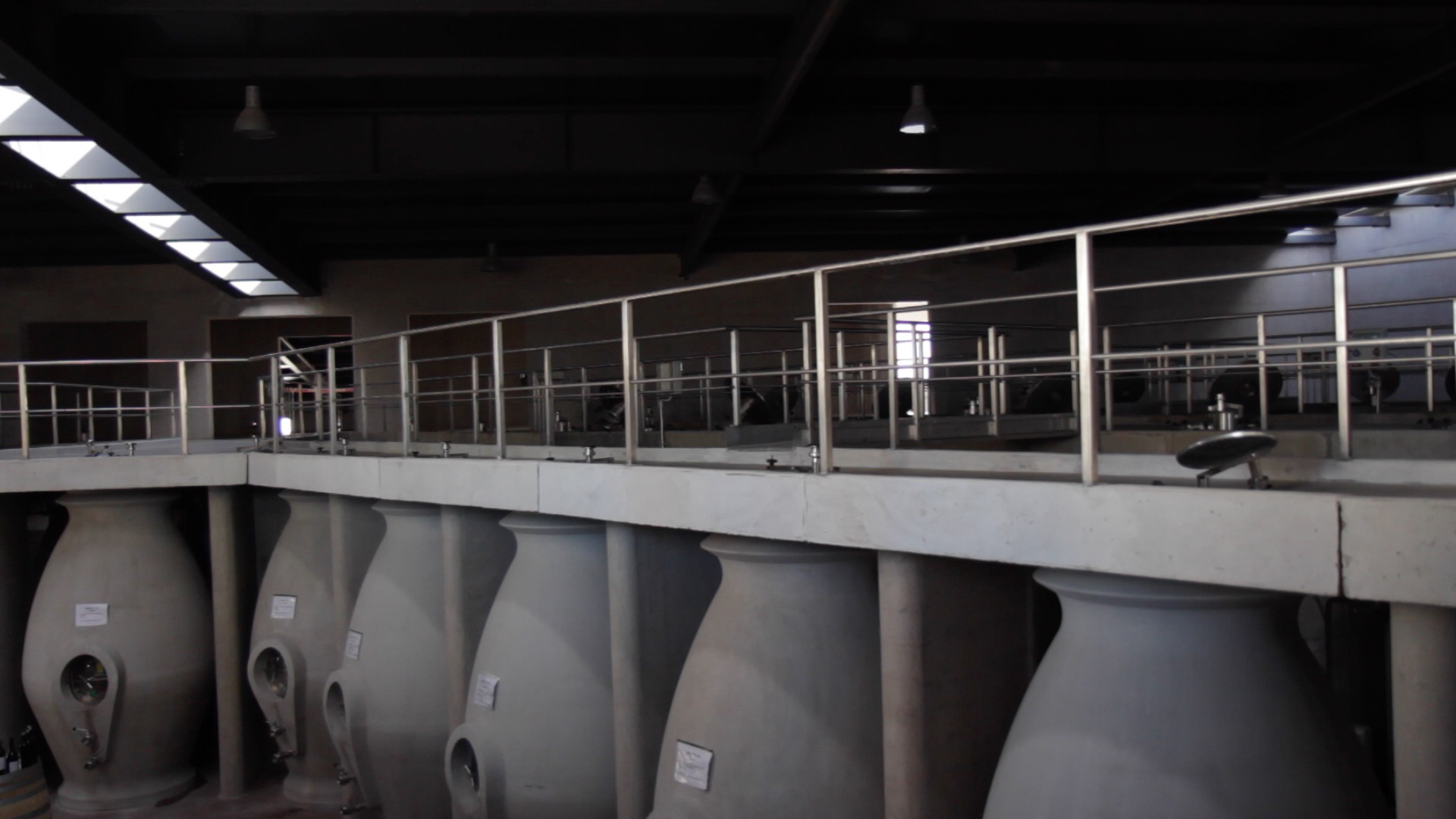
The new winery being built is state of the art, and yet a throwback at the same time. The wines being made are kept in concrete vats rather than wood or stainless steel. The resulting wines are embued with more character, higher acidity, and are a far cry from the rich, oaky Malbecs we are used to and on which Argentina and the Zuccardis built their business.
We talk to José Alberto about the family history, the rise of the Uco Valley, and terroir winemaking.
Christopher Barnes: José Alberto, tell us about how your family got into the wine business.
José Alberto Zuccardi: It's a nice story. My father was a civil engineer and he had a factory where he did a lot of prefabricated concrete pipes. He adapted some irrigation systems to our region that were used in 1950 in California. You know Mendoza is a desert. We cultivate just 3 1/2% of the surface of the province, and the limitation is the water that only comes from the melting of the snow on top of the Andes. He started with his irrigation system, and to show other producers how his irrigation system worked, he planted the vineyard. He became passionate about it. He was a real agriculture person. After five years, he started building the original winery from the family in Maipú. I joined the project in 1976. Now we are three generations working together because my mother is still part of the team. She's 89, but still involved. I have three children and all of them are involved.
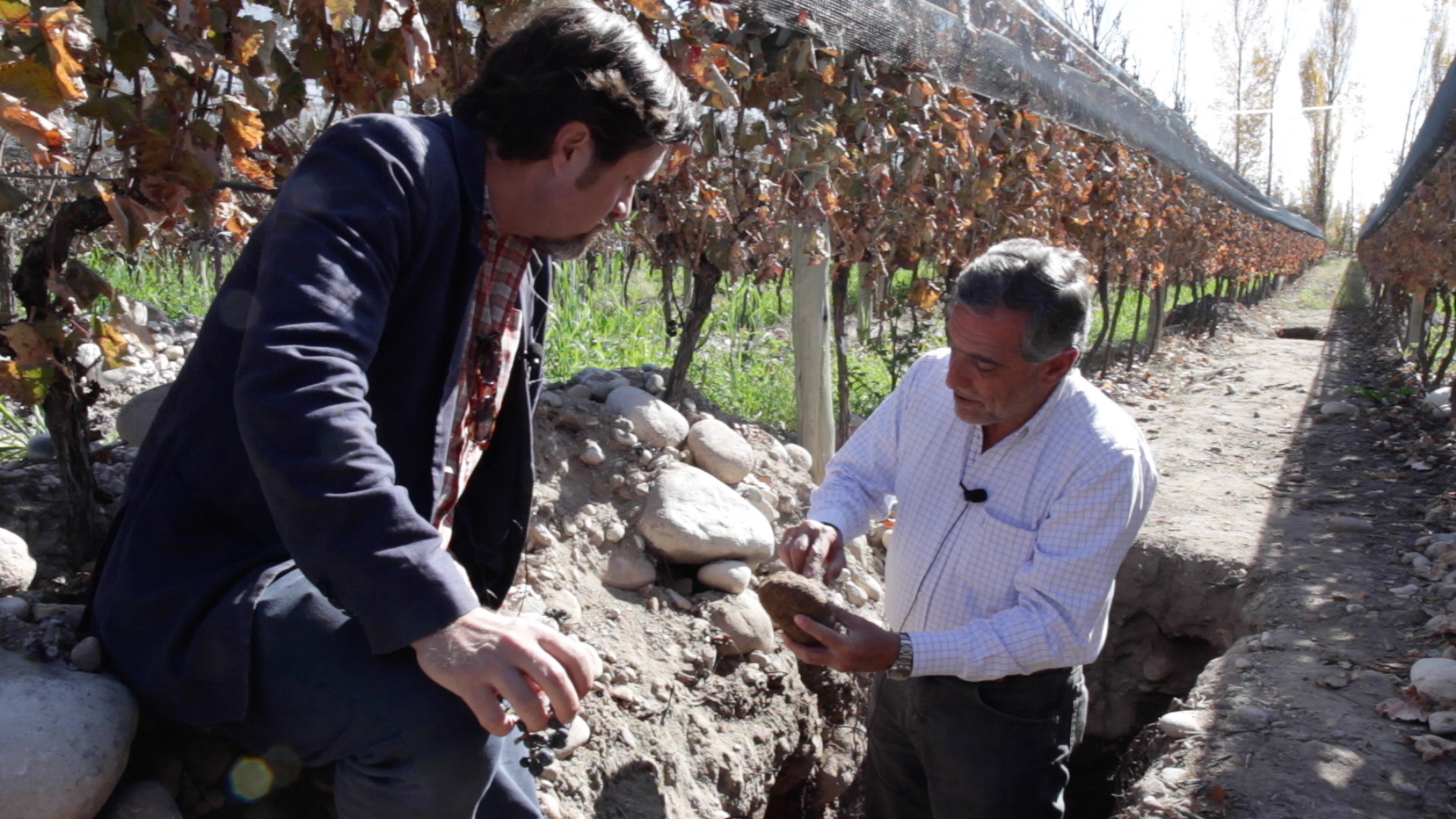
The Uco Valley is known for having wines that have a bit more structure and a bit more acidity than wines from other areas in Mendoza. How is that reflected through the soils that you have here?
I think the differentiation of the Uco Valley is that it's a region west of Mendoza next to the Andes Mountains, and here we are cultivating between 1000 meters, or about 3000 feet, until 1500 meters. That is 4500 feet. It is the highest altitude region in Mendoza province.
The altitude means a lot and also because Mendoza is a desert, we have very low humidity. Rainfall here is six or seven inches a year. It means we have a big difference between the maximum and the minimum temperature everyday. This big difference in temperature and the amount of sunlight give the possibility to obtain grapes with a very good level of ripeness, but at the same time with a very good level of natural acidity because during the day, it's hot, but during the night the temperature decreases a lot.
Everything here is related to the mountains, because the mountains determine the weather here as they prevent the humid air coming from the Pacific Ocean. The mountains give us the soil, and alluvial movements made the soil. The mountain is the origin of the only water we have for irrigation.
In Mendoza, we irrigate 3 1/2% of the total surface of Mendoza, as 96.5% of Mendoza is desert and mountains. The only water we have comes from the melting of the snow on top of the Andes. The other thing that the mountains give us is the altitude. The character of our wine comes from the Andes.
Altamira is part of an alluvial cone. We did a very deep study together with the university and we have defined this area. The main characteristic of this area is the predominance of calcium carbonate, good chalk in the soil. You can see the stones here (below). You can recognize the alluvial soils because all the stones are round. They came rolling down.
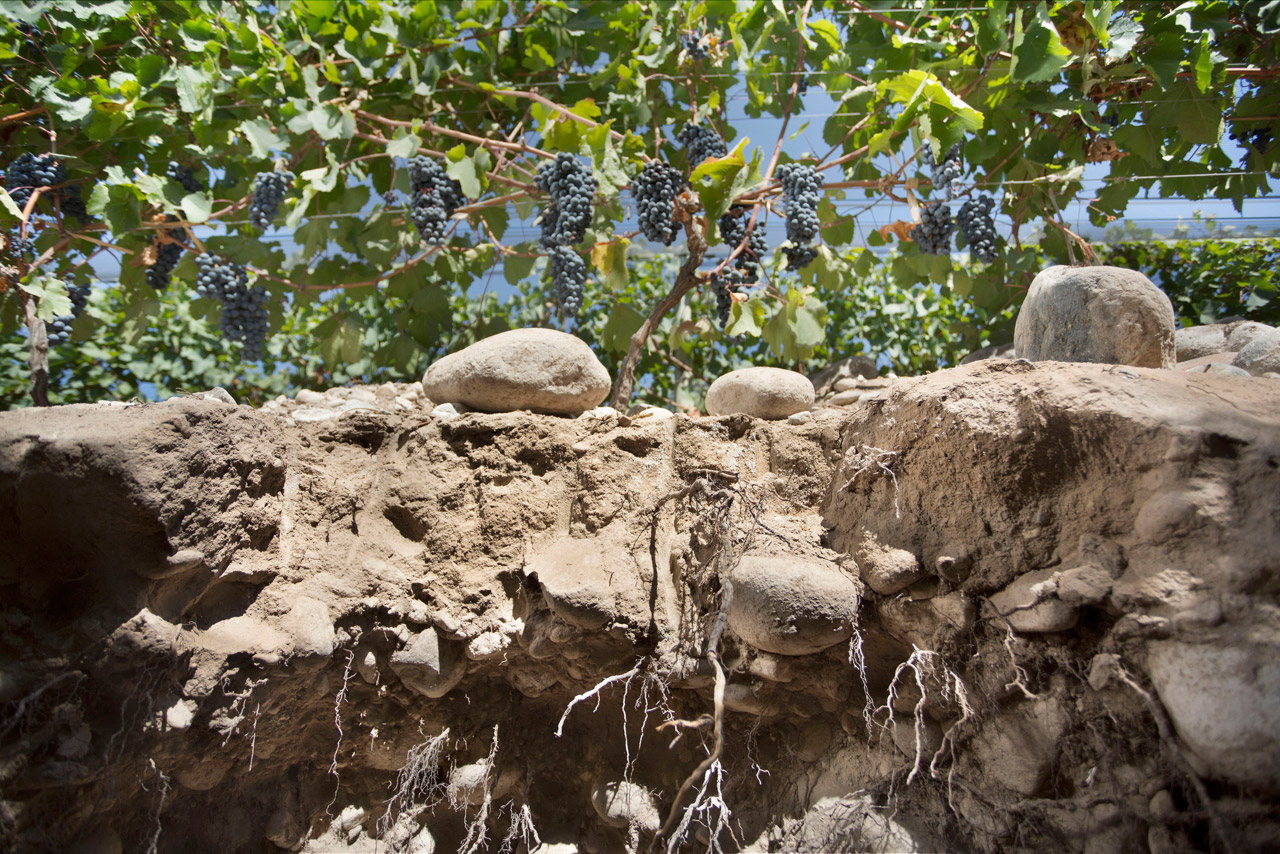
We started to study and we wondered where the calcium carbonate, all this chalk, comes from. Normally, it comes from the bottom of the sea. Many, many years ago, more than 100 million years ago, this area was at the bottom of a sea. After that, two plates went against each other and the Andes emerged. What was the bottom of a sea is now the top of the Andes.
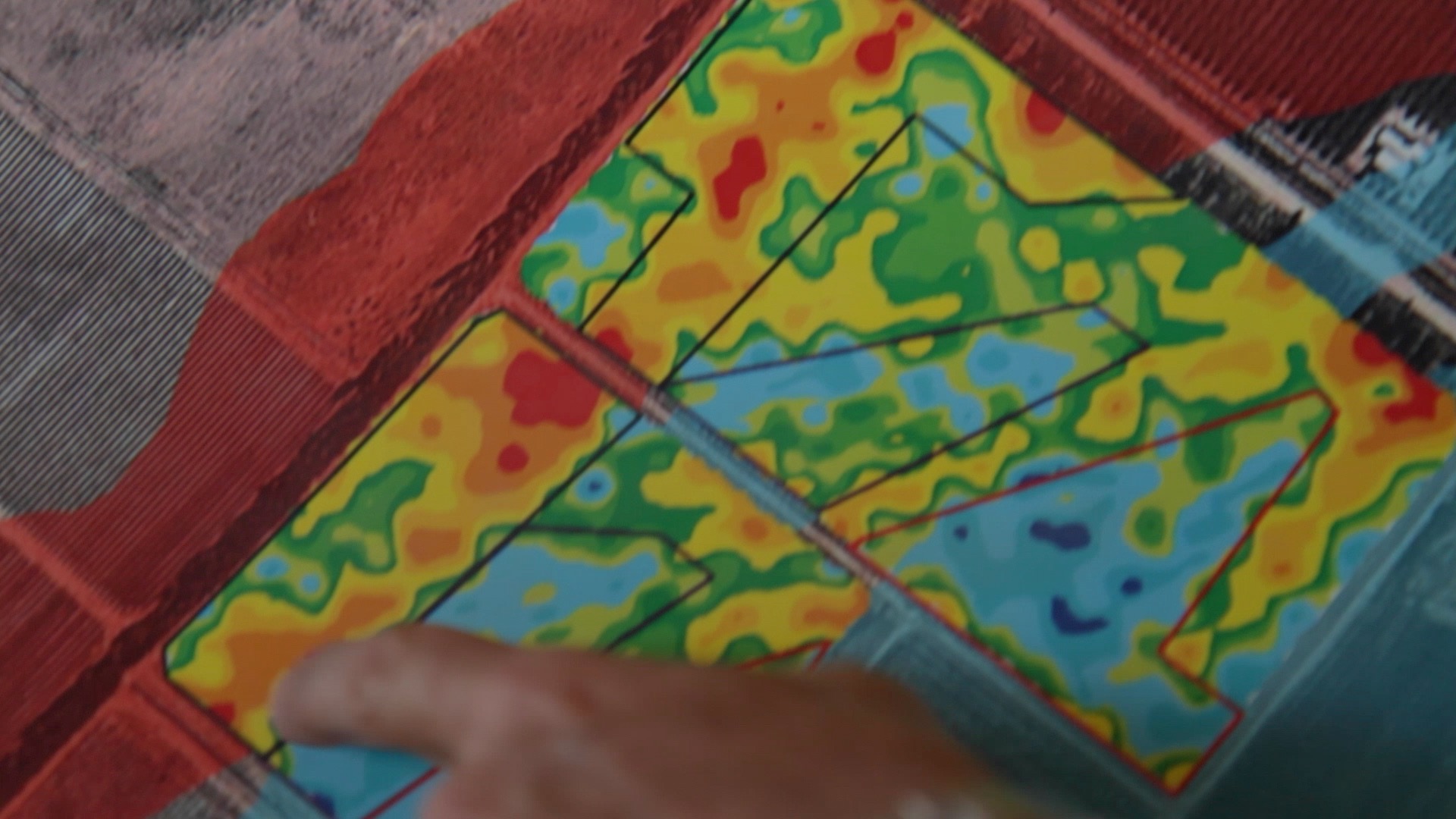
What we found from this map tells us about what is underground. Then we started doing more detailed work, taking areas of vineyards and dividing them depending what is on the surface, what is deeper down, and the characteristics of the soil.
We started dividing our vineyard areas into different terroirs. This differentiation also means different ripening times for the grapes and different characteristics of the grapes.
How many different types of soils do you have here? You talked a little bit about the chalk, but what other soils?
Mainly this area in Altamira, there are alluvial soils with a lot of stones at different depths. In some places, the stones are on the surface. In some places you have 20 centimeters of soil. In some places you have a half meter of soil. In some places you have two meters of soil. The variation depends on the level of soil on the surface, but more or less, all the soils have the same characteristics - a lot of stones coming from the mountains. When the glaciers melted, these big movements of water and stones came down and formed the soils where now we cultivate.
What we are doing is thoroughly studying the characteristics of the different areas and the different soils, and we built a winery that reflects what we have in the vineyard.
How does the chalk manifest itself in the wines? How does this produce a better wine than you get in other regions?
I wouldn't say better, I would say different, because in wine, difference is the important thing. I think chalk gives a special texture in the mouth, a special minerality, but I can say I let you try a stone and you will find in the stone, the texture that you will find in the wines after.
Tell us about this beautiful building that you're constructing right now.
It is a new winery. We are very focused on showing in our wines the character of the different regions in the Uco Valley. A few years ago Sebastian, my older son, started working as an agronomist in the company. He was developing all our projects in the Uco Valley. At the same time, he led an area of research on development of the winery. We started a project to build a winery here in the Uco Valley.

Then we started developing a type of vat that is all concrete, and all round. In nature, you will never have square forms. We follow nature. At the same time we were working in the vineyard to learn about the different terroirs we have to better understand the characteristics of the different types of soils we have. This is a winery where we want to show the real character of the terroir. The real character of this area.
What is your philosophy of winemaking.
In our point of view, the wine is made in the vineyard. What we have to do is show what the vines can produce in this environment, in this area. Then we try to pick the grapes at the right time. Then we separate all the different areas where we produce into smaller sections we call poligons. These areas seem similar, but we explore underground because sometimes all the land looks the same but when you go deeper, you find a lot of differences. You have to think that this area was formed by alluvial movements, very impressive movements where all the stones you can see here are round. They came rolling down from the Andes. At the beginning, it was a totally uneven surface. Then after millions of years, it was filled with thinner soil, because of the wind or the rains or smaller alluvial movements. Then you see the surface and it all looks the same. When you explore and you go deeper, you understand that there are different kinds of soils.
We did a lot of studies and we separated the different areas and we try to pick the grapes in each area at the right time. It is important. We don't want to overripen the grapes. We want to keep the character of the vineyard in the wines. Also, we don't like to over-oak. We like to keep the freshness as well as the character of the grapes from the different parts of the vineyard.
Malbec in Argentina has really exploded on the international scene over the last ten years. The style that most people are familiar with in the US is a bigger, high alcohol Malbec. What I've been seeing here and the wines I've tasted that you made, have much more balance and are much more sophisticated. Tell us about the movement towards balance. I don't know if you'd call them feminine wines, but more sophisticated wines.
More elegant. My son Sebastian (below right) is very oriented in that direction. We think that we are in a place where the weather, with its big variations in temperature between night and day, allows us to ripen the grapes very well. Also, we can achieve a very good level of natural acidity. Then it's interesting to show the character of the region. To have the right ripening. When you over-ripen or when you try to do a big wine, you lose the elegance. We think the freshness, the elegance, is the beauty of a wine. I think in Argentina wine is the national beverage. We celebrate everything. For us, it's part of the food. We never consider wine as alcohol. Wine is food for us. It's part of our culture.
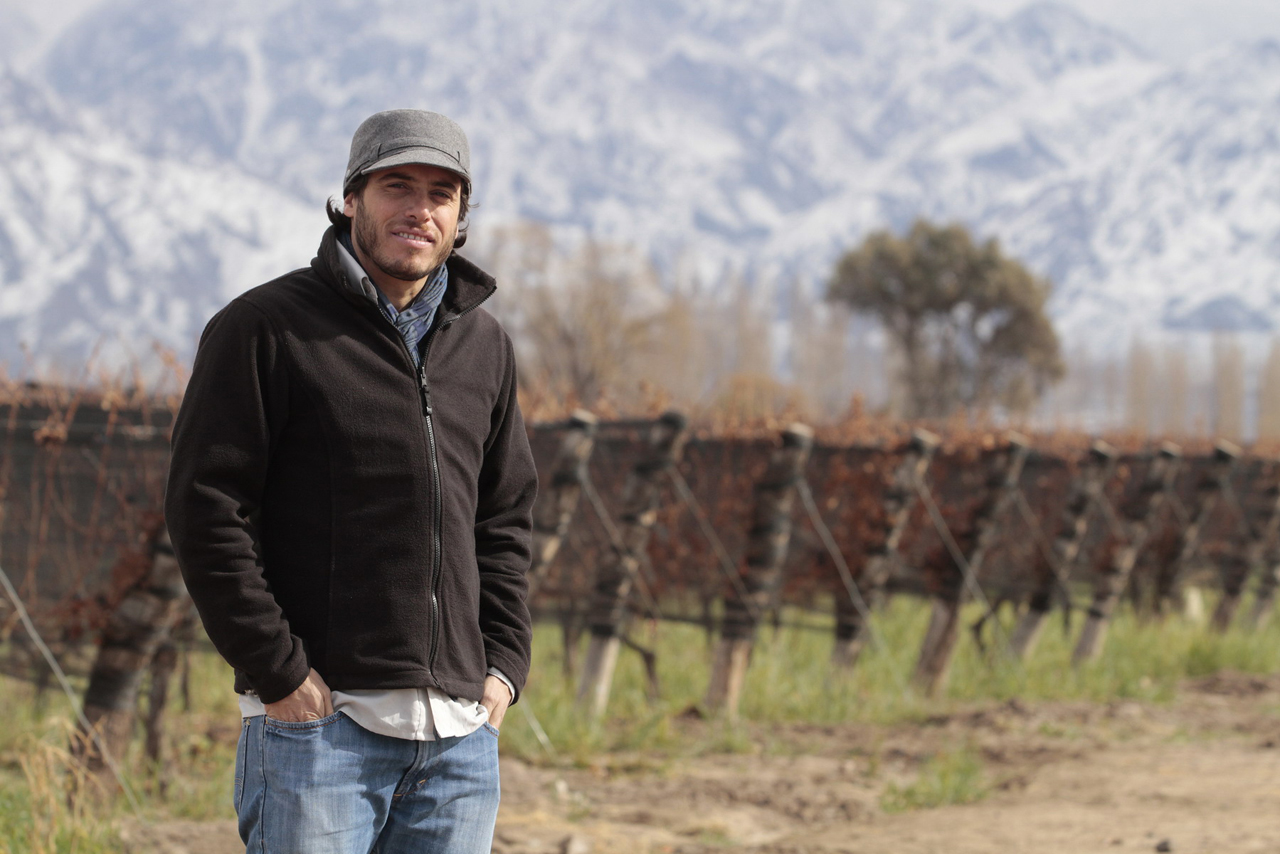
We love to drink a bottle of wine to feel the character of the wine. We like to show the real character coming from the vineyard, as well as the freshness and the elegance. It's very, very important. It's why we are working in that direction. I think it's what is really, in this area in Altamira and in the Uco Valley, possible to produce.
You farm sustainably.
In our point of view, it's very, very important to be sustainable. We have internally in the company a program we call, Sustainable by Nature. A big part of our vineyard is organic certified. We are in a region that is very healthy. We don't need to use any artificial products. We can work in a very natural way. Because our soils are very poor in organic material, we do cover our crops during the winter. We have fantastic sunlight in winter, nice temperatures for the barley and vegetables to grow. We then incorporate more organic material in the soil.
Also, we compost and worm compost. We use a compost tea in the irrigation system that incorporates a lot of microorganisms and organic material in the soil. Also, we put compost in the soil. We recycle everything we use. All the water we use in the winery, we recycle. All the skin and stems of the grapes, we compost. We compost and we go back to the vineyard with everything we're taking through the grapes.
Read Jancis Robinson's column on the Zuccardis.
